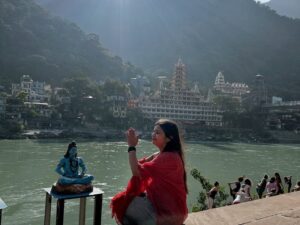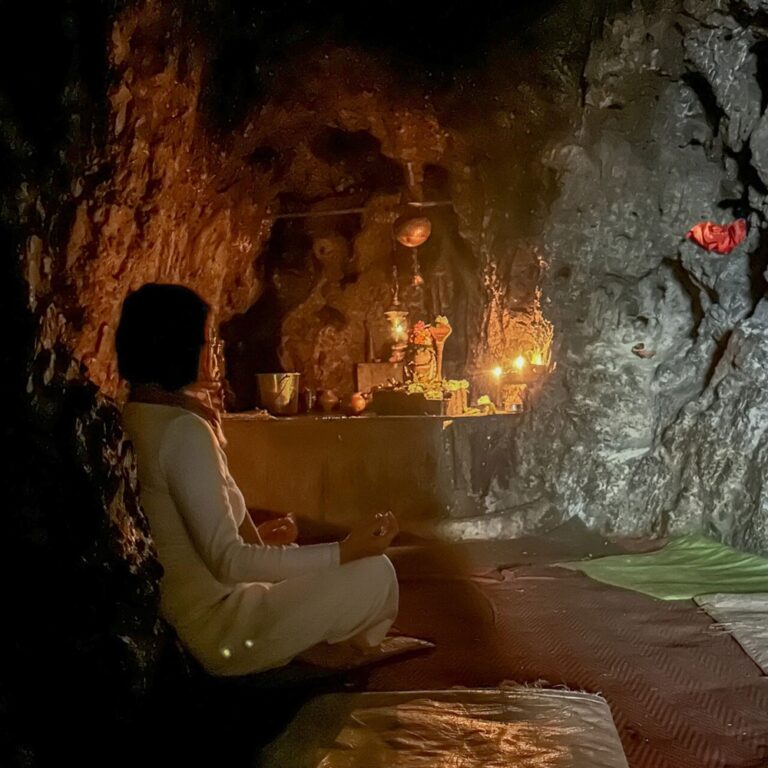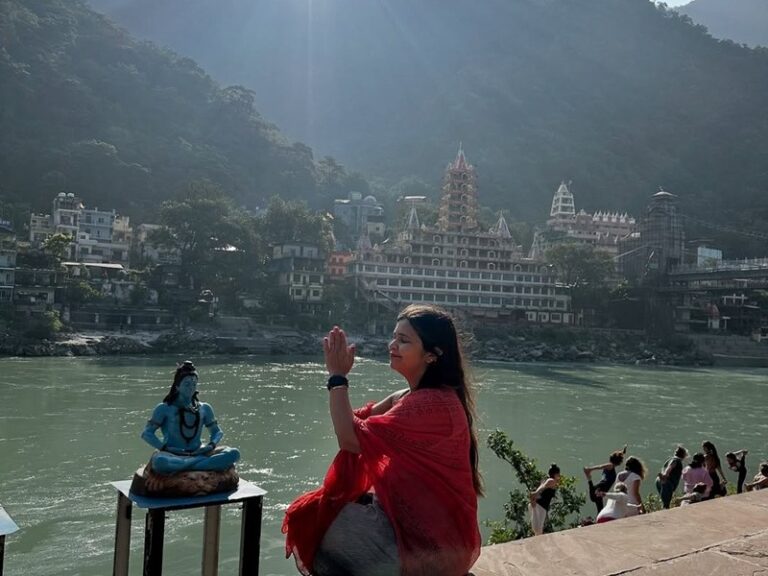Discover Amritsar Golden Temple India, History, Timings, Langar & Facts
Amritsar Golden Temple India (Sri Darbar Sahib Amritsar) is not just a pivotal religious place for Sikhs but also a powerful symbol of human brotherhood and equality. It stands as a beacon where individuals of all castes, creeds, and races can find spiritual solace and religious fulfillment without any barriers. This revered site embodies the unique identity, glory, and heritage of the Sikh community.
Amritsar Golden Temple India View from Dukh Bhanjani Beri offers a stunning perspective of this sacred site. To capture the philosophy, ideology, beauty, and historical legacy of Sri Darbar Sahib is indeed a significant endeavor—one that is better felt through experience than mere description.

Harmandir Sahib Temple ( Amritsar Golden Temple India )
According to the teachings of Sri Guru Amar Dass Ji (the 3rd Sikh Guru), Sri Guru Ram Dass Ji (the 4th Sikh Guru) began the excavation of the Amrit Sarovar (Holy Tank) of Sri Darbar Sahib in 1577 A.D..
This was later brick-lined by Sri Guru Arjan Dev Ji (the 5th Sikh Guru) on December 15, 1588, who also initiated the construction of the Gurudwara. On August 16, 1604 A.D., after its compilation, the Sri Guru Granth Sahib (the Sikh scripture) was first installed at Sri Darbar Sahib, with Baba Budha Ji appointed as its first Head Priest.
Amritsar Golden Temple India showcases unique Sikh architecture. Positioned lower than the surrounding land, the Gurudwara teaches lessons of egalitarianism and humility. Its four entrances, facing all directions, signify that people from every walk of life are welcomed equally.
Suggested Read: Dharamsala HP India: “In the Heart of the Dalai Lama’s Home”

Amritsar Golden Temple History
Sri Darbar Sahib, commonly known as the Amritsar Golden Temple India (due to its scenic beauty and golden coating), is a revered shrine dedicated to Hari (God). It is a central place of worship for Sikhs around the world. Each day, Sikhs aspire to visit Sri Amritsar and pay their respects at Sri Darbar Sahib during their Ardas (prayers).
Guru Arjan Sahib, the Fifth Nanak, envisioned the creation of a central place of worship for Sikhs and designed the architecture of Sri Darbar Sahib himself.
The initial plans to excavate the holy tank, known as Amrit Sarovar (Holy Tank), were initiated by Guru Amardas Sahib, the Third Nanak. However, the actual excavation was carried out by Guru Ramdas Sahib under the supervision of Baba Budha Ji.
The land for the Amritsar Golden Temple site was acquired by previous Guru Sahibs from the local Zamindars (landlords), either through payment or as a donation.
The construction of the Sarovar (the tank) and the town began simultaneously in 1570 and was completed in 1577 A.D. The efforts were aimed at establishing a significant town settlement around the holy site.

Amritsar Golden Temple Langar
Guru Ka Langar is a revered tradition initiated by Guru Nanak Dev Ji and established by the 3rd Guru, Sri Guru Amar Dass Ji, at Goindwal. This tradition exemplifies the principle of equality and selfless service in Sikhism.
Even the Mughal King Akbar visited and shared langar with ordinary people, highlighting the inclusive nature of this practice. An iconic painting depicts Mughal Emperor Akbar dining with his nobles and servants alongside the Sangat during his visit to Goindwal Sahib to seek the blessings of Guru Amardas Ji (the Third Sikh Master).
Guru Ka Langar serves as a vital community institution, involving the participation of women and children in the preparation and serving of meals.
Women play a key role in meal preparation, while children assist in serving food to the pangat (congregation). This practice fosters the spirit of sameness among all individuals, providing a secure and welcoming environment.
Golden Temple Amritsar Langar hall is open to everyone, and no one is ever turned away. Each week, families volunteer to prepare and serve the langar, feeding hundreds of people. This generous act is performed entirely by volunteers and sewadars (service helpers), with no professional caterers involved.

Amritsar Golden Temple Kitchen
In the Golden Temple Amritsar, the Community Kitchen serves an average of 100,000 devotees or tourists daily, with the number nearly doubling on special occasions. The kitchen uses substantial quantities of ingredients daily, including:
- 100 Quintals of Wheat Flour
- 25 Quintals of Cereals
- 10 Quintals of Rice
- 5,000 Liters of Milk
- 10 Quintals of Sugar
- 5 Quintals of Pure Ghee
- 100 LPG Gas Cylinders
This massive operation involves hundreds of employees and volunteers dedicated to preparing meals at Amritsar Golden Temple India.

Importance of Langar in Sikhism:
Bhai Desa Singh in his Rehitnama states that a Sikh who is financially well-off must assist those in need. Serving travelers and pilgrims is considered a noble act of devotion at Amritsar Golden Temple India.
Historical figures like Maharaja Ranjit Singh provided grants to gurdwaras for maintaining langar, a practice continued by other Sikh rulers. Today, almost every gurdwara supports a langar, with smaller gurdwaras often relying on food contributions from local households.
Sharing a common meal and participating in the preparation and serving of food are considered acts of piety and charity in Sikhism. A Sikh is encouraged to contribute one-tenth of their earnings (Daswand) and their personal service to support the community.
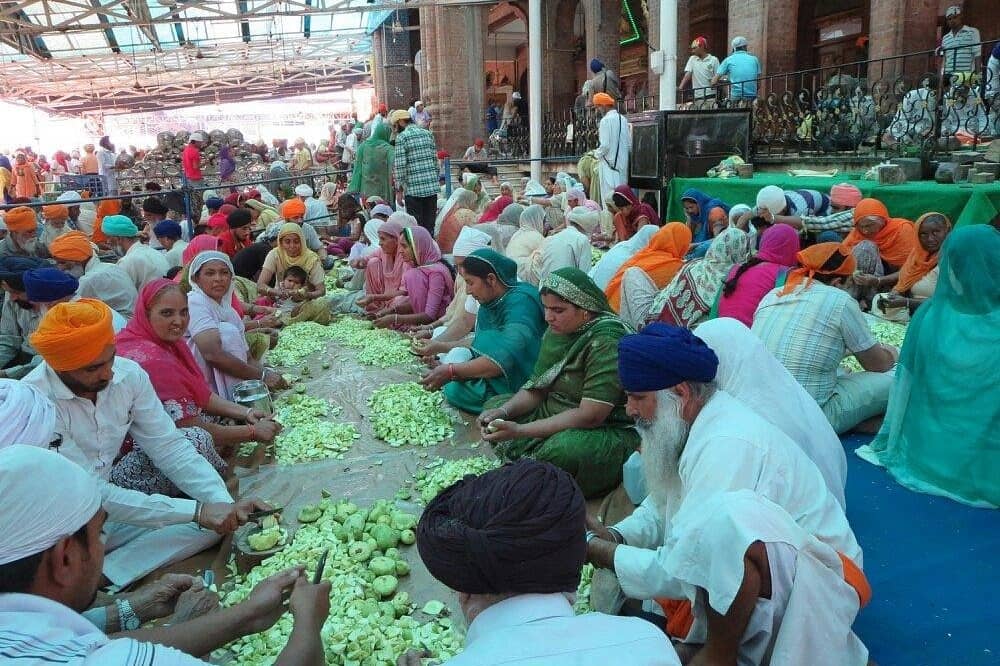
Amritsar Golden Temple Timings
The Golden Temple (Sri Darbar Sahib) is open for darshan timings (spiritual viewing) from 4 AM to 10 PM daily. The doors of Harmandir Sahib typically open around 3 AM, allowing devotees to begin their day with early morning prayers.
During Amritsar golden temple time, devotees gather to participate in the ceremonial palanquin procession to the Golden Temple sanctum. The daily rituals include Ardas (prayer), Gurbani singing (recitation of Sikh hymns), and the reading of the Hukamnama (divine order).
These practices are integral to the spiritual experience at Amritsar Golden Temple India, drawing thousands of visitors each day.
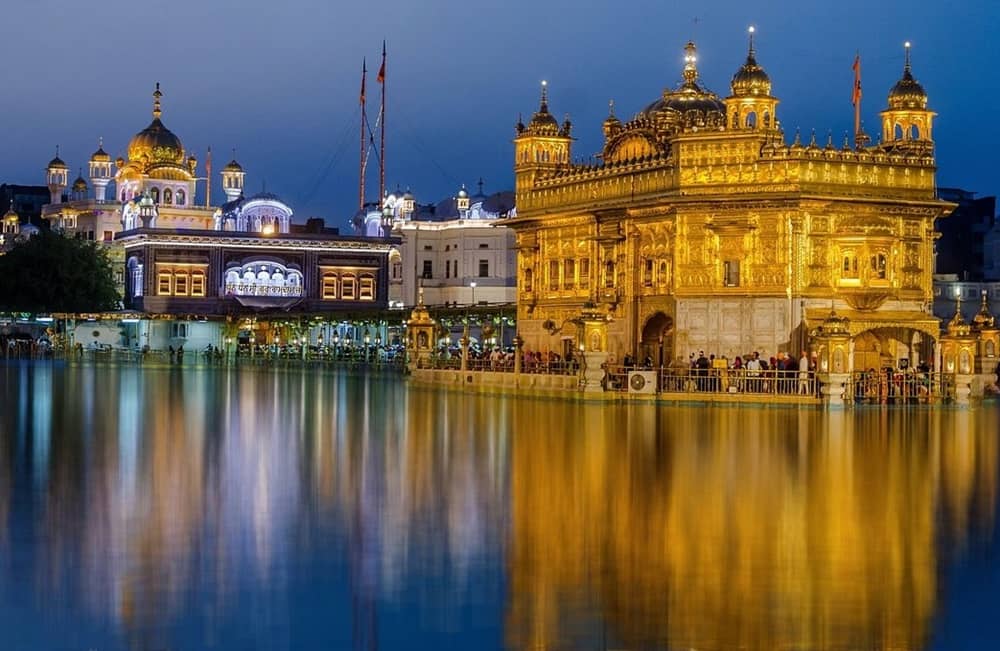
Harmandir Sahib Attack ( 8 Invasions )
Sri Harmandir Sahib (Golden Temple) has been a pivotal center of Sikh spirituality and politics since its establishment by Guru Ram Das Ji and Guru Arjan Dev Ji in 1574. Over the centuries, it has faced numerous invasions and destructions, but each time, it has risen again, more glorious than before. Here’s a brief overview of its major invasions:
- 1737 – Zakriya Khan
In 1737, Zakriya Khan, the Mughal governor, invaded Sri Harmandir Sahib, leading to the torture and martyrdom of Bhai Mani Singh Ji. The Mughal official Massa Ranghar desecrated the shrine, but was later killed by Bhai Sukha Singh and Bhai Mehtab Singh. The Sikhs reclaimed the temple within seven years, setting the stage for the formation of Khalsa Raj. - 1757 – Ahmed Shah Abdali
During his fourth invasion in October 1757, Ahmed Shah Abdali destroyed Sri Harmandir Sahib, polluting the sacred Sarovar with debris and animal carcasses. Baba Deep Singh Ji led a valiant effort to restore the shrine, and by Vaisakhi 1758, it was rebuilt and celebrated once again. - 1762 – Ahmed Shah Abdali
On February 5, 1762, Abdali’s forces slaughtered over 30,000 Sikhs in the Vada Ghallughara (Great Holocaust) and demolished the shrine again. Despite heavy losses, Sikhs gathered to celebrate Bandi Chhor and eventually defeated Abdali’s army, demonstrating their enduring spirit. - 1764 – Ahmed Shah Abdali
In December 1764, Abdali’s army of 30,000 attacked Sri Harmandir Sahib. A small group of 30 Sikh warriors, led by Baba Gurbakhsh Singh Ji, fiercely defended the shrine. Abdali’s army, though eventually victorious, faced heavy losses and destroyed the shrine once more. Sikhs rebuilt it, leading to the establishment of an independent Sikh state. - 1955 – Indian Government
Post-independence, the Indian Government intervened in 1955, cordoning off the complex and suppressing Sikh protests. Police brutality, including the firing of teargas shells into the Sarovar, marked this invasion. - 1984 – Indira Gandhi & Indian Army
In June 1984, under Indira Gandhi, the Indian Army launched Operation Blue Star against Sri Harmandir Sahib, causing extensive damage and loss of life. The attack, timed to coincide with high numbers of devotees, was devastating for the Sikh community. The sacred Sarovar was turned into a pool of blood. - 1986 – Rajiv Gandhi
In April 1986, the Indian Army, under Rajiv Gandhi, stormed the complex to quell Sikh resistance. The operation, known as Operation Black Thunder, resulted in several deaths and arrests. A second attack in May 1988 saw further violence and desecration. - 1988 – Rajiv Gandhi
A second assault in May 1988, also ordered by Rajiv Gandhi, further attacked Sri Harmandir Sahib, resulting in additional casualties and desecration.
Places to see in Amritsar
- Amritsar Golden Temple India
Location: Golden Temple Road
The spiritual heart of Amritsar, offering serene beauty and profound spiritual experiences. - Wagah Border
Location: Wagah, Hardo Rattan
Witness the grand Border Closing Ceremony between India and Pakistan. - Maharaja Ranjit Singh Museum
Location: Wagah, Hardo Rattan
Explore the rich history of the Sikh Empire through exhibits and artifacts. - Khalsa College near Amritsar Golden Temple India
Location: NH 1, Grand Trunk Road
A historic educational institution with impressive architecture. - Ram Tirath Ashram near Amritsar Golden Temple India
Location: Ram Tirath Road, Kaler
An ancient site with religious significance and a serene environment. - Tarn Taran Near Amritsar Golden Temple India
Location: Old City, Tarn Taran Sahib
Visit the historic Gurudwara and experience the local charm of this vibrant town. - Mata Lal Devi Temple near Amritsar Golden Temple India
Location: Model Town, Rani Ka Bagh
A revered Hindu temple known for its unique architecture and spiritual significance. - Jallianwala Bagh near Amritsar Golden Temple India
Location: Golden Temple Road
A memorial park dedicated to the victims of the Jallianwala Bagh massacre. - Akal Takht near Amritsar Golden Temple India
Location: Golden Temple Road, Atta Mandi
The supreme temporal seat of Sikhism, located adjacent to the Golden Temple. - Durgiana Temple near Amritsar Golden Temple India
Location: Hathi Gate, Goal Bagh
A significant Hindu temple that resembles the Golden Temple in its architecture. - Gobindgarh Fort near Amritsar Golden Temple India
Location: Old Cantt Road, Vijay Chowk
A historic fort offering insights into Amritsar’s past and vibrant cultural displays. - Jama Masjid Khairuddin
Location: Hall Bazar, Katra Sher Singh
A prominent mosque with historical and architectural significance. - Gurudwara Baba Atal Rai
Location: Golden Temple Complex, Amritsar Cantt.
A revered Sikh shrine dedicated to Baba Atal Rai, a notable figure in Sikh history. - Hall Bazaar near Amritsar Golden Temple India
Location: Katra Ahluwalia
A bustling market area ideal for shopping and experiencing local life.



